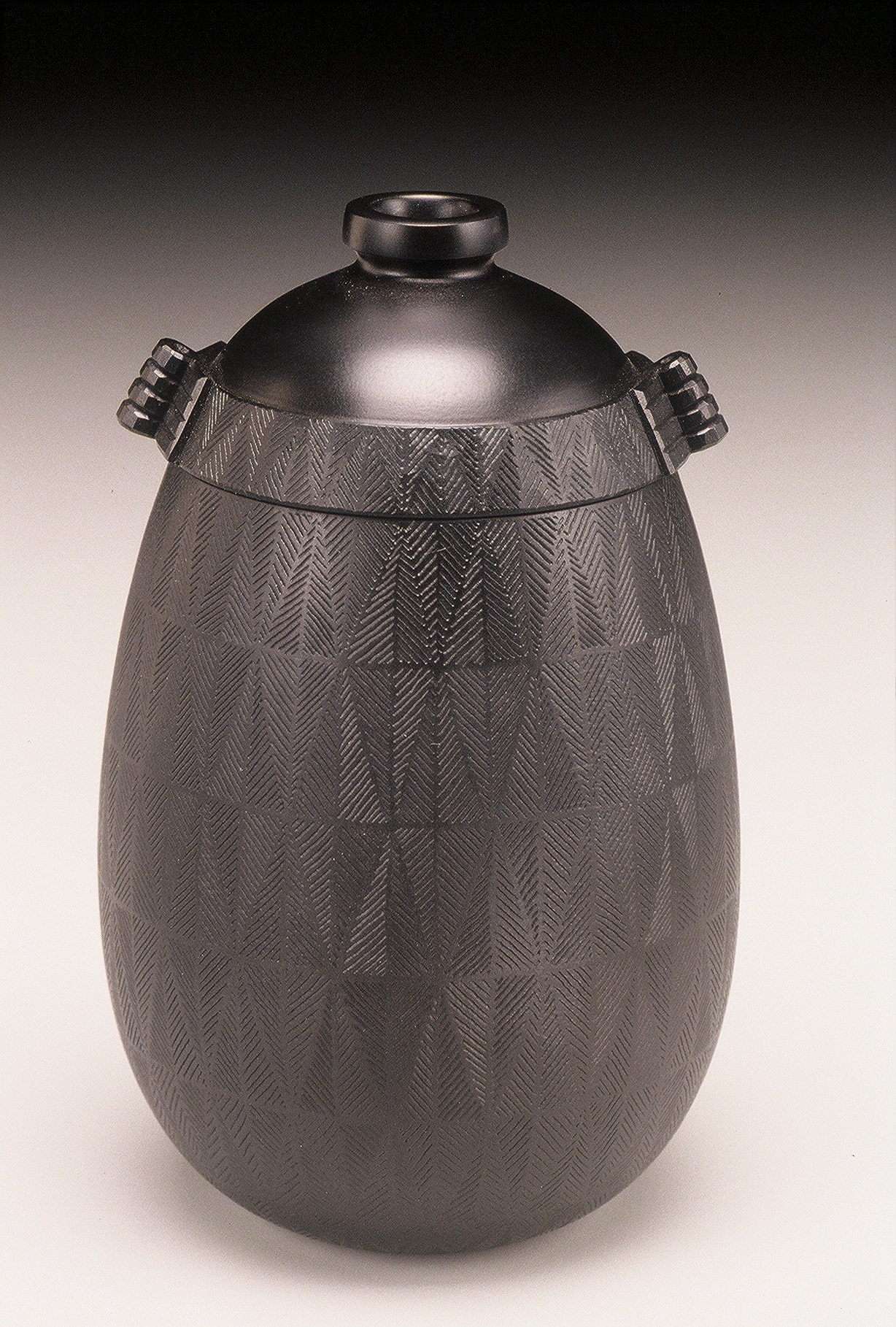
Turning Hollow Forms: A Conversation with Mark Gardner

Meet Mark Gardner, a full-time woodturner from North Carolina who will be teaching during Wood Week. In this post, Mark reveals his technique for a challenging kind of woodturning: turning hollow forms.
We’re thrilled to welcome Mark Gardner on his first-ever visit to North House to teach two courses: Hollow Forms Without the Hollowing and Shrink Boxes on the Lathe.
Hollow forms can be tricky for beginning woodturners, but in this post Mark shares about the technique he uses, and which he’ll teach in his class.
1. Tell us a little bit about your background as a woodturner and an instructor—have you taught at North House before?
Woodworking was my father's hobby and I started taking classes with him when I was 16. He had a lathe and I started dorking around on it until I took a class at Arrowmont in 1996. I was hooked and have been turning ever since. I make bowls, spoons, hollow forms, and most recently shrink boxes.
I've been teaching woodturning since 2000 when I taught my first class at the Appalachian Center for Crafts. Since then, I've taught workshops around the country for woodturning clubs as well as craft schools. I've taught at Arrowmont, JC Campbell Folk School, The Center for Furniture Craftsmanship, and Penland School of Crafts, but this will be my first time at the North House Folk School.
.jpg) Shrink boxes made by Mark Gardner
Shrink boxes made by Mark Gardner
2. How did you start turning hollow forms like the ones in your upcoming North House class?
I started turning hollow forms using the techniques I'll be sharing in this class after having seen Clay Foster demonstrate these techniques for my local woodturning club. This was in the late 1990s when I was still living in Cincinnati. I had learned other hollowing techniques but was never very successful. Clay's techniques made sense to me and it didn't take long for me to experience success using them.
3. How does hollow turning differ from other forms of box turning? What do you like about it?
Typically, hollow forms are hollowed out through the opening in the top of the piece. This can be a challenge as the turner is working blind for most of the process, and there is a constant risk of turning through the side or bottom of the piece. It requires a certain amount of patience as only a little work can be done before the shavings and sawdust must be removed to allow room for the tools to work. It is easy to lose track of where you are inside the piece if you aren't diligent about checking regularly. This technique also requires several special hook tools to be able to reach everywhere inside the vessel that needs hollowing.

A hollow form vessel by Mark Gardner
Instead of hollowing out the vessel through the opening, I cut my pieces in two and hollow each half before gluing them back together. This approach is similar to how turned boxes are typically made. By having the piece in two, it is much easier to hollow out the vessel without fear of losing track of where you are (since you can see what you are doing) and then turning through the side of the piece. It is also easy to remove the shavings as well as check the wall thickness of the piece to ensure an even wall thickness. As I use green wood to make these pieces, this is an important step to ensure the piece dries evenly. Uneven drying can lead to cracking.

One piece or two? Only a keen observer would know!
4. What can students expect from your class at North House?
The hollow turning class will focus on the hollowing techniques I learned from Clay Foster and have been using for the last 25 years. Students will turn hollow forms from green wood and then cut them in half with a parting tool. Hollowing will be accomplished with a basic, straight-shafted hollowing tool. I will spend quite a bit of time focused on making the joint that is required in order to glue the piece back together. As we will be using green wood and expect the piece to warp a bit as it dries, having a well-made joint is important so that the piece stays together as it dries. I will also cover various techniques I use to hide the seam left by the joint.
Meet Mark Gardner at Wood Week 2024!
Mark is visiting North House as a guest instructor during Wood Week, happening in March 2024. When you take a class during Wood Week, you’ll be part of a learning environment filled with woodworking enthusiasts and are invited to take part in the free Carver’s Conference on March 15.
Mark Gardner’s classes are open for registration now. Learn more about Mark and find his upcoming courses here.